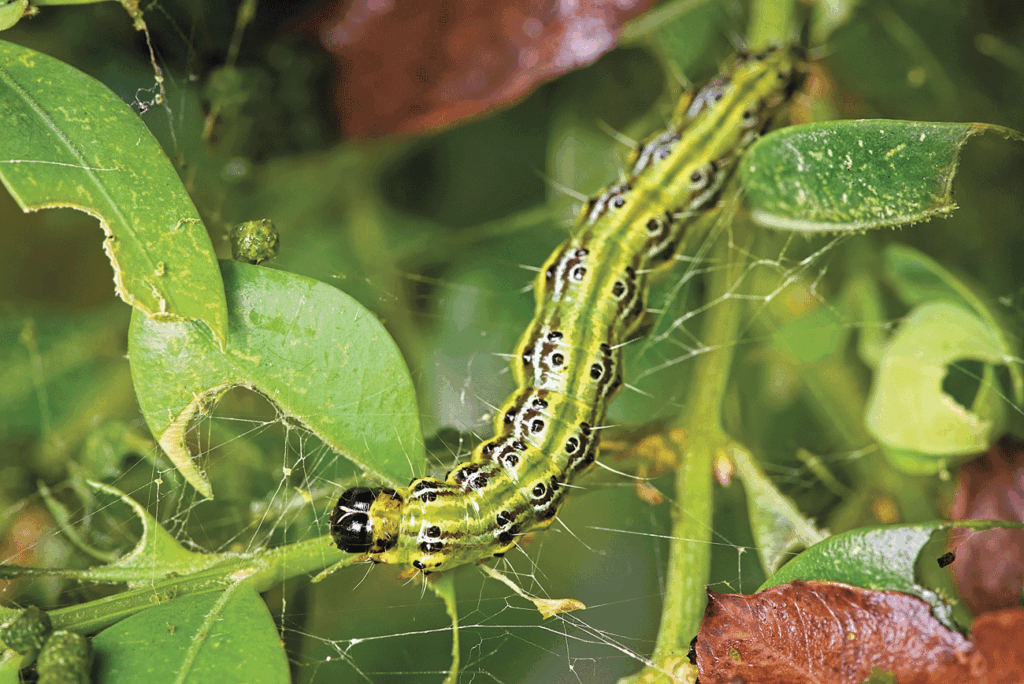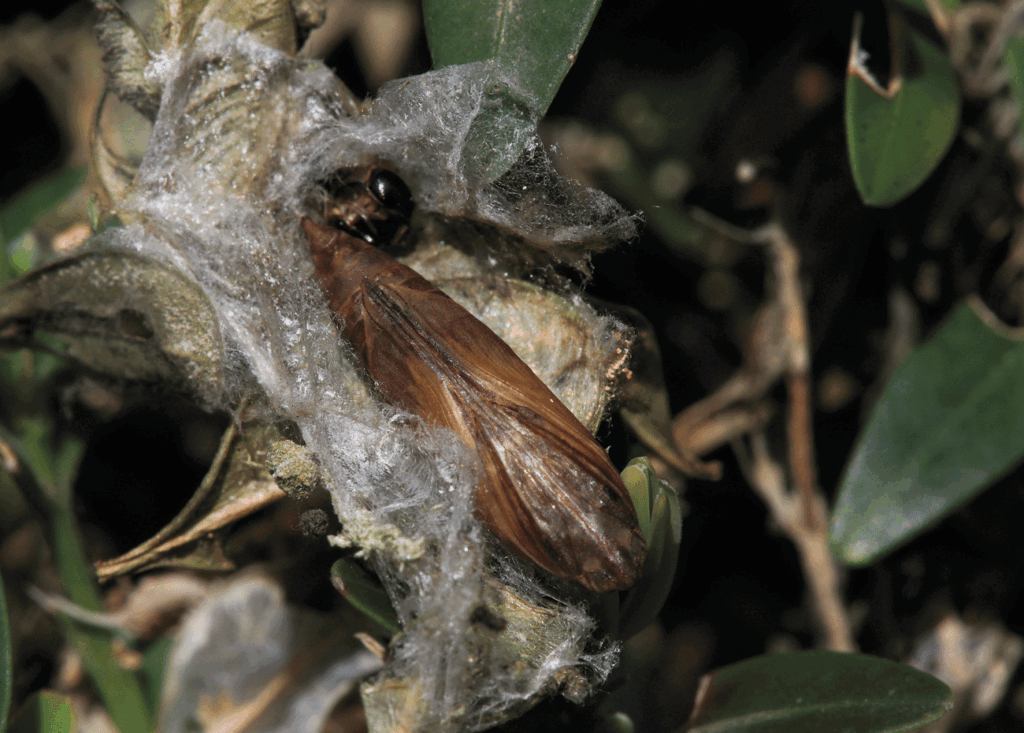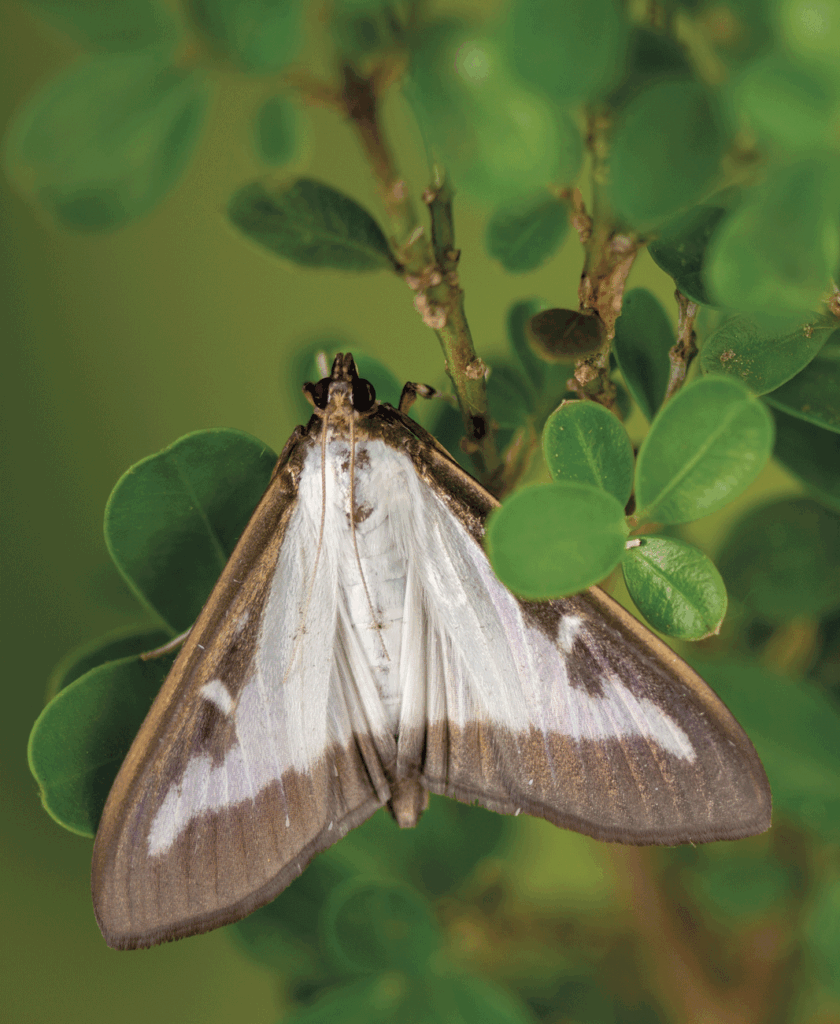
by Miki Marks
On a beautiful day in early summer I went up in a glider. A glider pilot friend, Richard Bryant, suggested it would be just my thing – he had read in one of my past articles about how much I loved clouds. The first scheduled date had far too much cloud and we could not go up. The second date was perfect; a light breeze, sun and those little puffy white clouds that children generally draw.
It was wonderful to look down on our beautiful part of the world. I could see part of the South Downs and in the distance the Surrey Hills. The English Channel sparkled, and the Isle of Wight and Beachy Head were both visible. It was interesting also to see Pulborough’s RSPB site from the air. And I was up there with the kites and the buzzards in perfect, blissful silence.

Coincidentally I had been reading about the Apollo 8 Mission in 1968 when Frank Borman, Jim Lovell and Bill Anders were the first to circle the Moon. It was Anders who took the famous ‘Earthrise’ photograph and said that they had ‘gone to the Moon to discover Earth’. The emotion that image created in many people all over the world was a great boost to the emerging environmental movement. Not comparing my flight to the above! But I felt both awe at the beauty I was seeing and an understanding of the vulnerability of our world.
If you would also like to try a glider flight, contact Richard Bryant .
Box trees, Buxus sempervirens, don’t often feature in anyone’s list of favourite trees. They usually look somewhere between a shrub and a tree, even though they can reach 6 metres in height. The wood is hard and ideal for engraving, carving and marquetry. There are places where it grows wild – like Box Hill but it is most likely to be found as a hedge. It has nice, dense little green leaves and is much loved by designers of formal gardens, as it can be easily clipped and is ideal for topiary.

Unfortunately, it is prone to two unsightly infestations which can be fatal. The worst is box blight which is caused by funghi and the first sign is black blotches on the leaves. The second dramatic box plague is caused by the caterpillar of the box moth. They can reduce a hedge to a nasty yellow skeleton in no time at all. There was an outbreak last year, but this year it is so much worse. The caterpillars are striped black and yellow, and about 1 inch long. They start nibbling the leaves and weaving a web much like a spider’s. Very soon the hedge will be completely defoliated and there will be masses of green excrement.
The life cycle starts in March and can go on until October in the following sequence: eggs – caterpillar – chrysalis – moth. It can complete this extraordinary life cycle 4-5 times a year. It is astonishing that at each stage the creature is completely different. During the chrysalis stage the caterpillar’s body is completely broken down and the adult appendages of the moth including the wings, compound eyes, proboscis and sexual organs develop. Nature’s economical re-cycling.

Finally, the pupal skin splits and the moth emerges. The last transformation is to the wings which start weak and flabby – and need to expand and harden in the sunshine so that flight is possible.
To save a hedge, chemicals are probably needed. Although birds will eat the box moth, they do not touch the caterpillars, which are packed with foul tasting toxins. The brighter the caterpillar, the nastier it tastes. I have read that jackdaws will eat these caterpillars but have not witnessed that despite carefully watching the two families of resident jackdaws which live in the chimneys just above affected hedges across the road.
Recently, yet another front garden close by has been wrecked to make way for parking. The period wall, railings and old gate were wrenched up, a mature viburnum in flower was uprooted. Now there is only a square of desolate gravel, not one spot left for a shrub or a small flower bed. There are better ways to facilitate parking which do not entail total destruction.
The good news, though, is that both my neighbour and I have spotted sticklebacks in our brook again. It is the male which guards the progeny and so far they have escaped the notice of the resident crayfish.
Do visit our conservation site off Knowle Lane. The orchids are showing and there is a great patch of yellow rattle. If you have some time to spare on a Sunday do join our volunteers.













